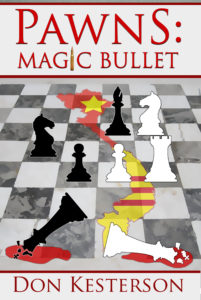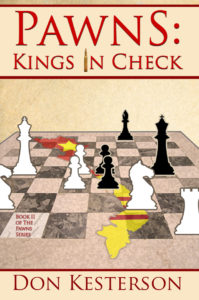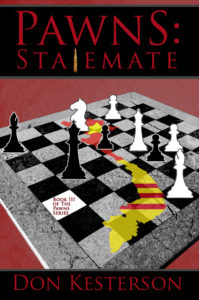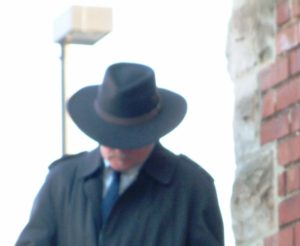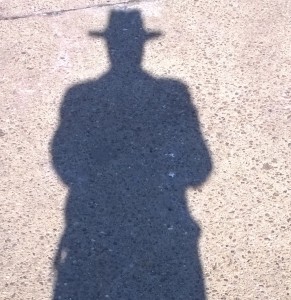Pulitzer Price winning journalist Neil Sheehan passed away on January 7, 2021 at the age of eighty-four. He was a complicated individual but someone I could relate to. One of the reasons was his attention to detail on his research, almost to a fault. In my historically accurate Vietnam novel series, titled Pawns, particularly in the third installment, I detailed Sheehan and his relationship with those he interacted with in Vietnam and upon returning to the United States.
In 1962, Sheehan was working as a reporter for United Press International (UPI) assigned to Vietnam and supported the U.S. role in the conflict. He interacted with the likes of New York Times reporter David Halberstam and the Associated Press (AP) reporter Malcolm Brown and Time Magazine reporter Pham Xuan An. On his second assignment to Vietnam, in 1964, Sheehan began to change his prospective on the conflict. It was then that he met Department of Defense civilian employee, Daniel Ellsberg, who also had just returned to Vietnam. By the time, Sheehan was recalled to the U.S. for a new assignment for Time Magazine, reporting from the Pentagon his mind had completely changed regarding the U.S. role in Vietnam.
Sheehan is probably most famous for his role in publishing, The Pentagon Papers, the 7,000 pages of stolen documents given to him by Daniel Ellsberg, who had been reassigned to the Department of Defense at the Pentagon. This book was filled with details that the U. S. government didn’t want made public regarding the Vietnam Conflict.
For those of you too young to remember, The Pentagon Papers was maybe the most controversial book of the era. President Nixon did everything he could to block its release. Both Sheehan and Ellsberg were held as heroes or villains depending on one’s prospective of the Vietnam Conflict.
When I was a freshman in college a dorm mate recommended the book and it really was the first step of opening my eyes on how the world really works. Today, the pages of my copy are brown and tattered from use and review while writing my three Pawns novels. To those who have not read my series the novels are not against the Vietnam Conflict nor for it. Throughout the writing my characters where used to present both sides of the conflict, all the while focusing on the U.S. soldiers being used as pawns by the top government officials.
 Likewise, I also read Sheehan’s book, A Bright Shining Lie: John Paul Vann and America in Vietnam. This book was a detailed biography on Army Colonel John Paul Vann. Again, a very detailed writing that Sheehan took years to research. As an aside, he was in trouble with the publisher because he was taking so long to present the manuscript. The bulk of the biography dealt with the Vietnam Conflict through the eyes of John Paul Vann. His attention to detail was so impressive. John Paul Vann had a different idea who the Vietnam Conflict should have been executed by the U.S. but his ideas were never implemented. Colonel John Paul Vann died in a helicopter crash in Vietnam.
Likewise, I also read Sheehan’s book, A Bright Shining Lie: John Paul Vann and America in Vietnam. This book was a detailed biography on Army Colonel John Paul Vann. Again, a very detailed writing that Sheehan took years to research. As an aside, he was in trouble with the publisher because he was taking so long to present the manuscript. The bulk of the biography dealt with the Vietnam Conflict through the eyes of John Paul Vann. His attention to detail was so impressive. John Paul Vann had a different idea who the Vietnam Conflict should have been executed by the U.S. but his ideas were never implemented. Colonel John Paul Vann died in a helicopter crash in Vietnam.
In conclusion, regardless of your opinion of Neil Sheehan he was an outstanding journalist, who did real research into his topic, for that reason I hold the man in high regard.

